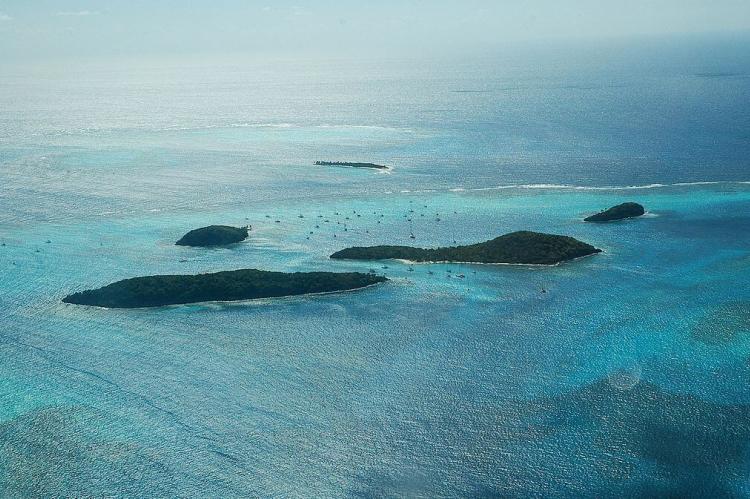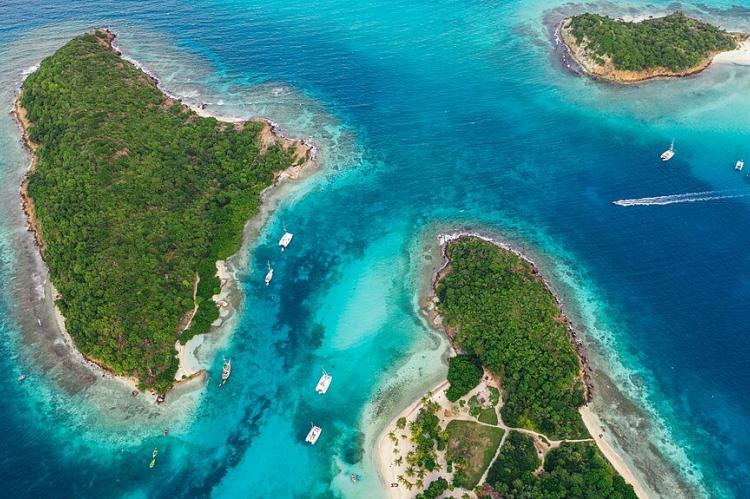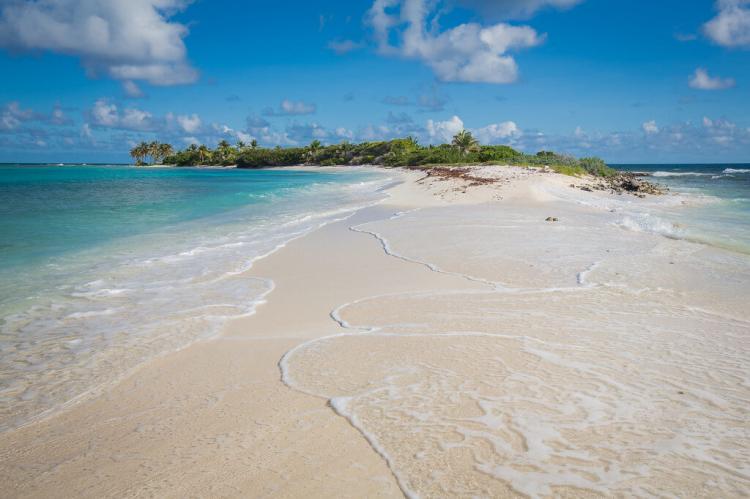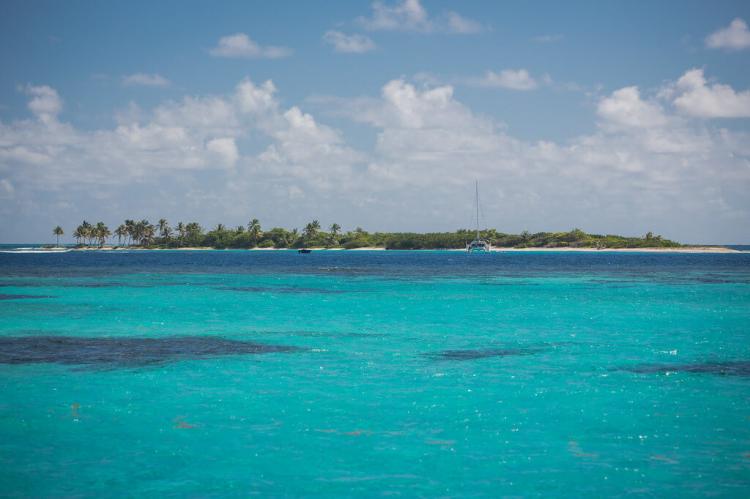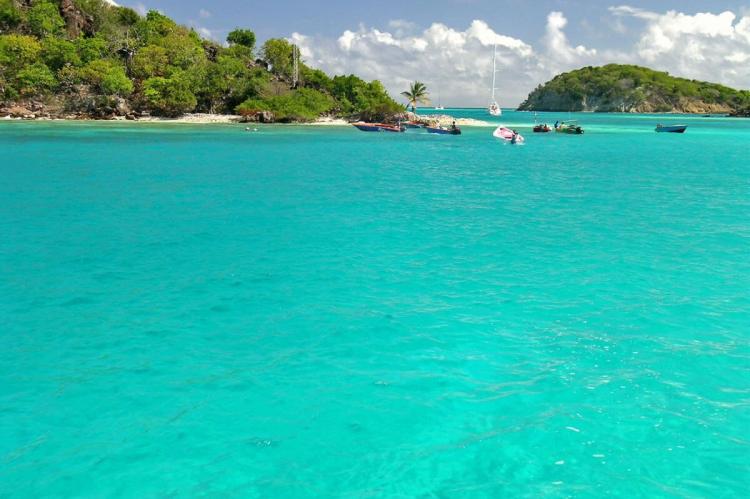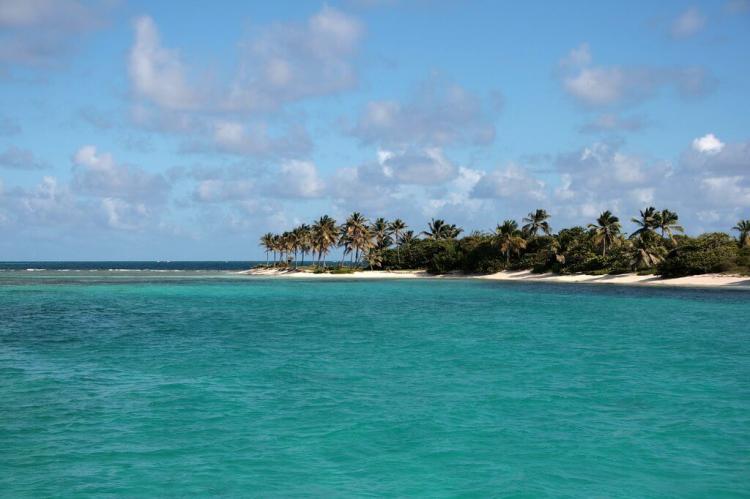The Tobago Cays: Guardians of Biodiversity
The Tobago Cays are an archipelago of five small, uninhabited islands located in the southern Grenadines of the Lesser Antilles. Their surrounding waters are the centerpiece of the Tobago Cays Marine Park, home to a remarkable array of threatened and endangered terrestrial and marine species.
The Tobago Cays: Guardians of Biodiversity
The Tobago Cays are a captivating archipelago located in the southern Grenadines of the Lesser Antilles. Comprising five small, uninhabited islands - Petit Rameau, Petit Bateau, Baradal, Petit Tabac, and Jamesby - these cays are renowned for their stunning natural beauty and popular tourist destinations.
Nestled amidst the turquoise waters of the Caribbean Sea, the Tobago Cays are surrounded by a vast, shallow lagoon and an extensive network of coral reefs, including the iconic Horseshoe Reef. The cays' unique geography and diverse marine ecosystems have earned them a place as a regionally significant ecosystem, recognized under the SPAW Protocol (Specially Protected Areas and Wildlife) in 2014.
The Tobago Cays Marine Park: Protecting a Fragile Ecosystem
The Tobago Cays and their surrounding waters are the centerpiece of the Tobago Cays Marine Park, a protected area spanning an impressive 5.7 square kilometers (2.2 square miles) of sand-bottom lagoon. Established to safeguard the delicate balance of this exceptional natural environment, the Marine Park is owned and managed by the government of Saint Vincent and the Grenadines.
The Tobago Cays Marine Park is home to a remarkable array of threatened and endangered terrestrial and marine species. The beaches and seagrass beds are critical feeding and nesting grounds for green, hawksbill, and leatherback turtles. At the same time, the vibrant coral reefs provide a haven for a diverse array of listed coral species from the Milleporidae, Alcyonacea, and Scleractinia families. The park also boasts queen conch and Caribbean spiny lobster populations and various bird species, including brown pelicans, bridled terns, and migratory birds.
Coral Reefs: The Lifeblood of the Tobago Cays
The Tobago Cays are renowned for their stunning coral reefs, which are the foundation of the marine ecosystem and a significant draw for visitors. The reefs surrounding the cays, including Horseshoe Reef, World's End Reef, Egg Reef, and Mayreau Gardens, are home to a diverse array of coral species, including Montastrea, Porites, Acropora, Millepora, and Siderastrea.
While the reefs around Mayreau and the Mayreau Gardens are considered the most biodiverse and healthy, the reefs of the Tobago Cays face a range of threats, including algal growth and disease. To protect these fragile ecosystems, the Marine Park has implemented regulations restricting anchoring, fishing, and other activities that could potentially damage the coral.
Seagrass Beds: Vital Habitats for Marine Life
In addition to the vibrant coral reefs, the Tobago Cays are also home to extensive seagrass beds, which play a crucial role in the marine ecosystem. The dominant seagrass species found in the park are Thalassia testudinum and Syringodium, both of which are considered threatened species.
These seagrass beds serve as important feeding and nursery grounds for marine life, including juvenile fish, green turtles, starfish, conchs, and sea urchins. The seagrass beds are protected within the Marine Park, with designated anchoring areas and fishing restrictions to minimize disturbance and ensure the long-term health of these vital habitats.
Terrestrial Ecosystems: A Diversity of Flora and Fauna
While the Tobago Cays are renowned for their stunning marine environments, the islands also host diverse terrestrial flora and fauna. The cays' dry forest, grasses, and shrubs provide habitats for various species, including the iconic Melocactus Broadwayi and the highly poisonous Manchineel trees, well-established on several islands.
The Tobago Cays also serve as a crucial stopover point for migratory birds. The islands are home to brown pelicans and bridled terns, further contributing to their ecological significance.
Sustainable Tourism: Balancing Conservation and Exploration
The Tobago Cays have become a popular tourist destination, attracting thousands of yachts and visitors each year who enjoy the stunning natural beauty of the cays and the surrounding waters. To ensure the long-term sustainability of this fragile ecosystem, the Tobago Cays Marine Park has implemented a range of regulations to protect the coral reefs, seagrass beds, and other sensitive habitats.
Visitors must adhere to strict guidelines, such as limiting diving and snorkeling to registered local dive shops, refraining from touching or disturbing flora and fauna, and adhering to speed limits and designated sailing areas to minimize the risk of damage to the coral. These measures, combined with ongoing conservation efforts, aim to strike a delicate balance between sustainable tourism and protecting the Tobago Cays' precious natural resources.
Conclusion
The Tobago Cays are a true jewel of the Caribbean, a testament to the beauty and diversity of the region's natural wonders. By establishing the Tobago Cays Marine Park and implementing comprehensive conservation measures, the government of Saint Vincent and the Grenadines has taken significant steps to safeguard this exceptional ecosystem for generations. As visitors continue to explore the cays, they must do so with a deep appreciation for the fragility of this unique and irreplaceable natural treasure.
